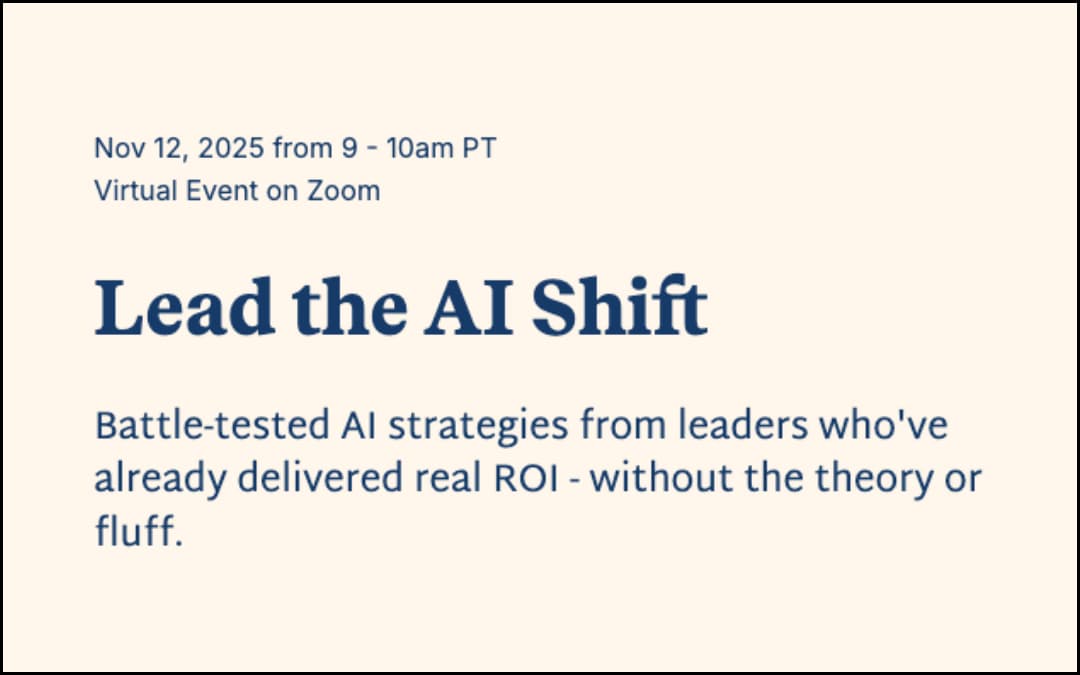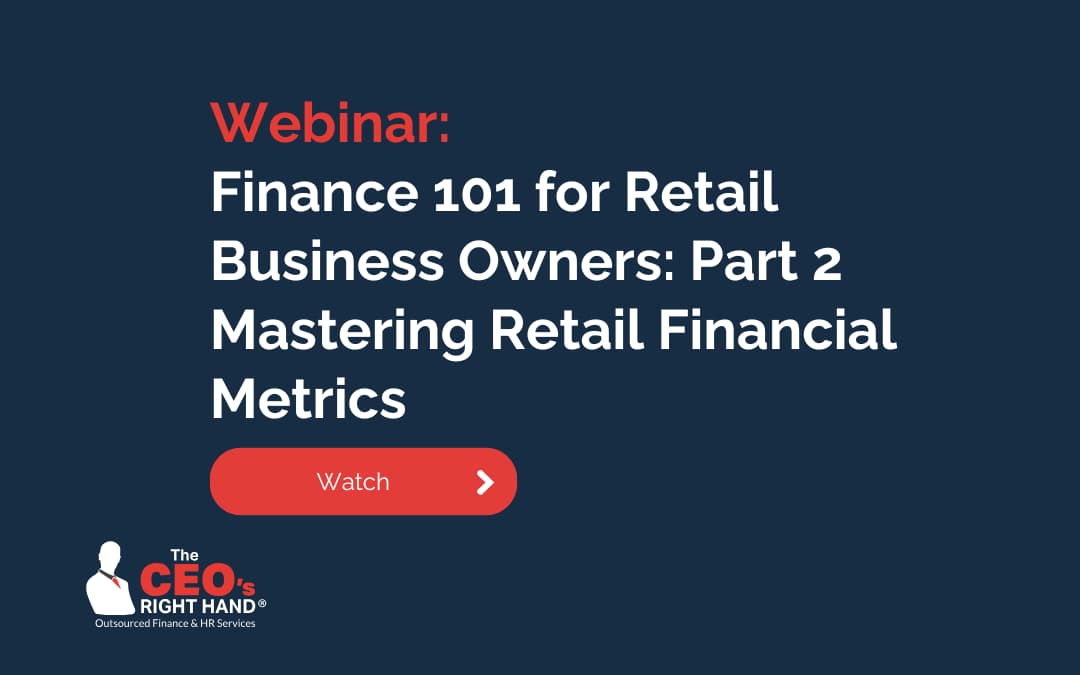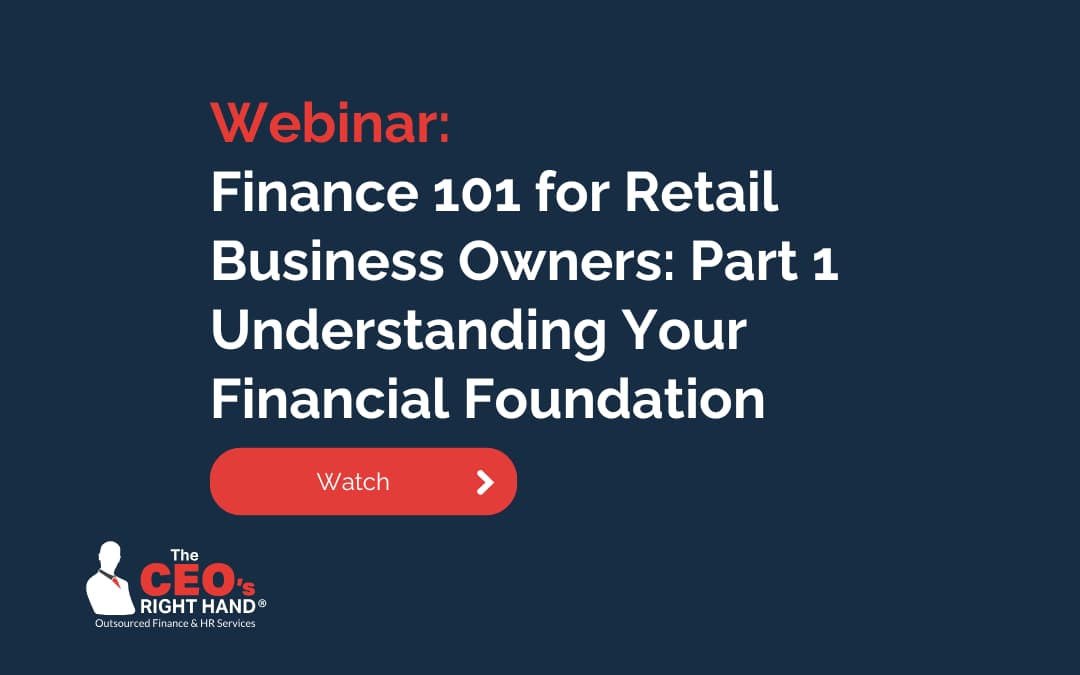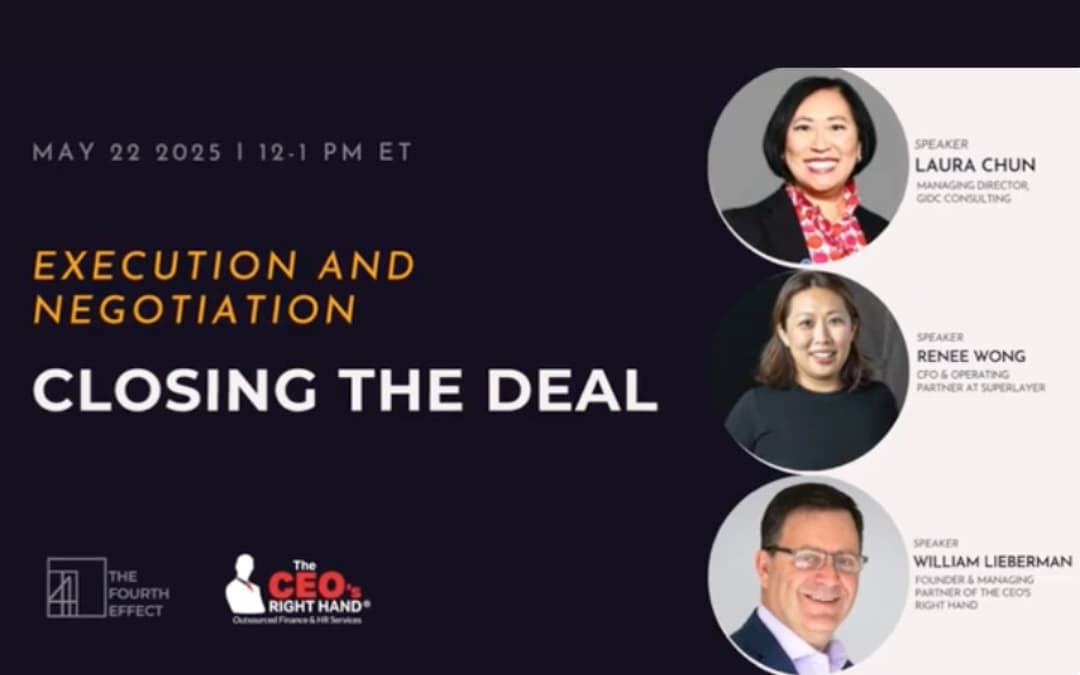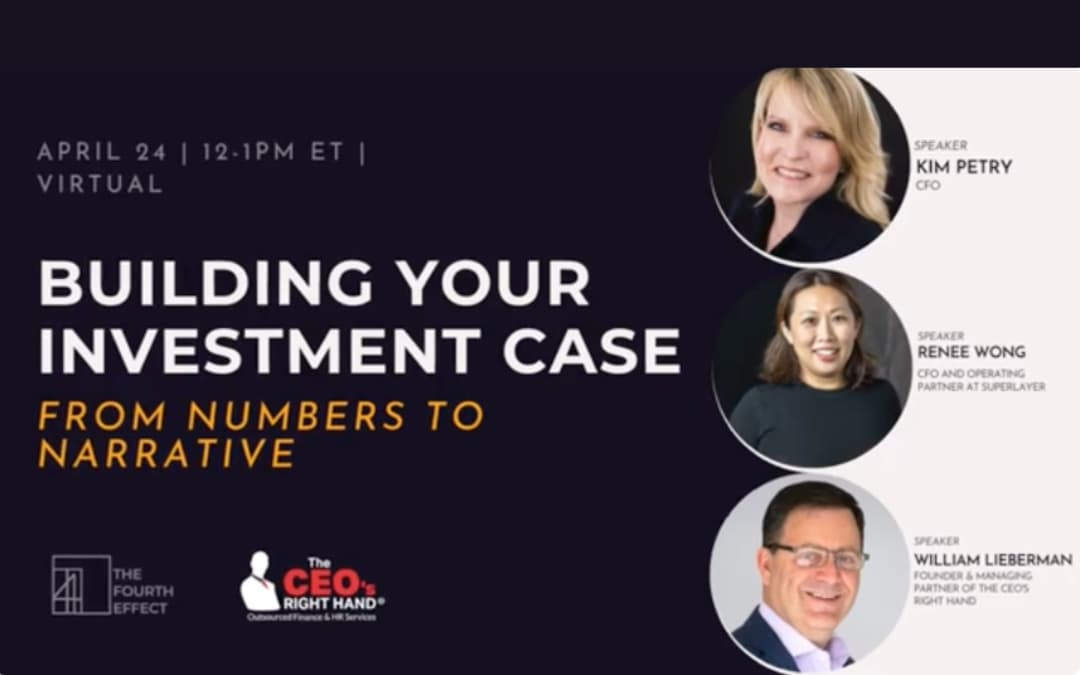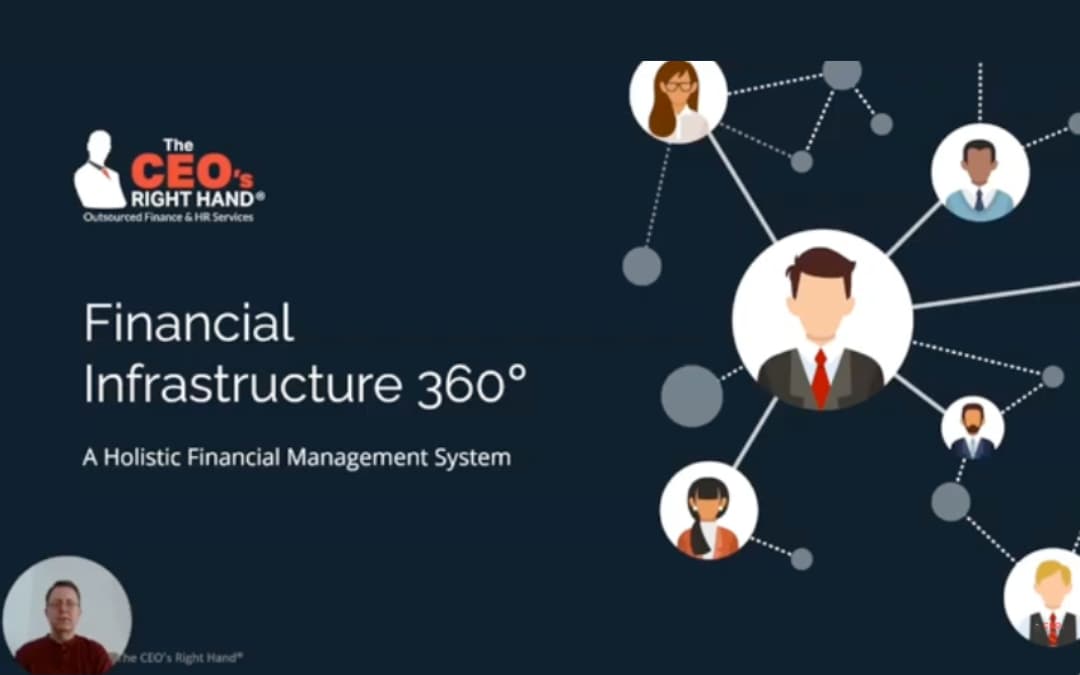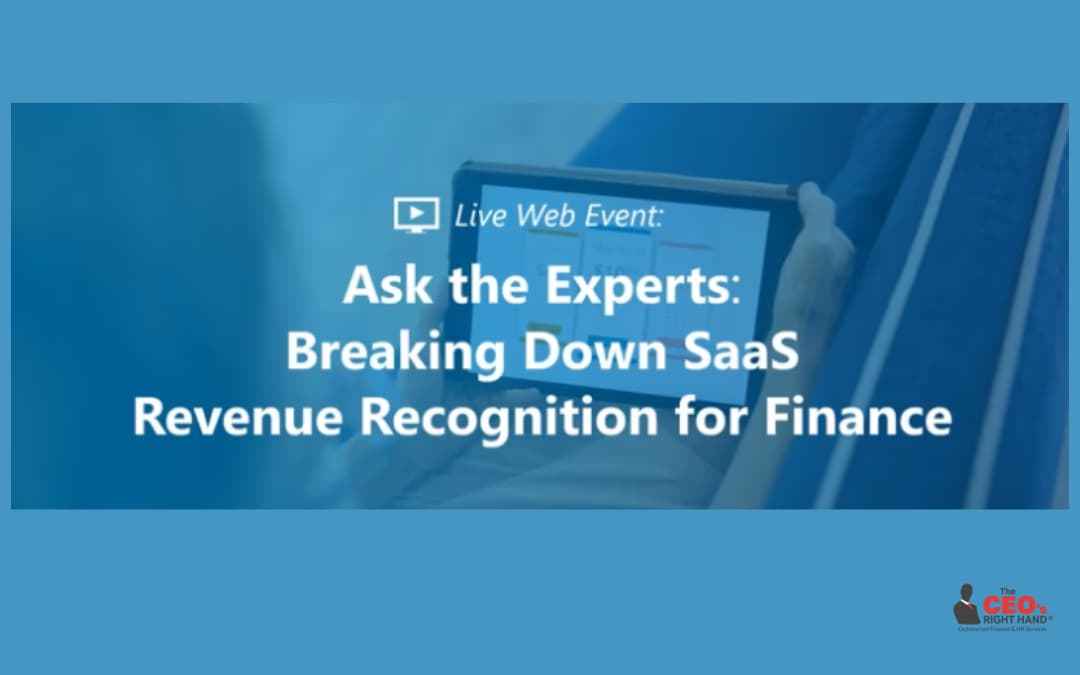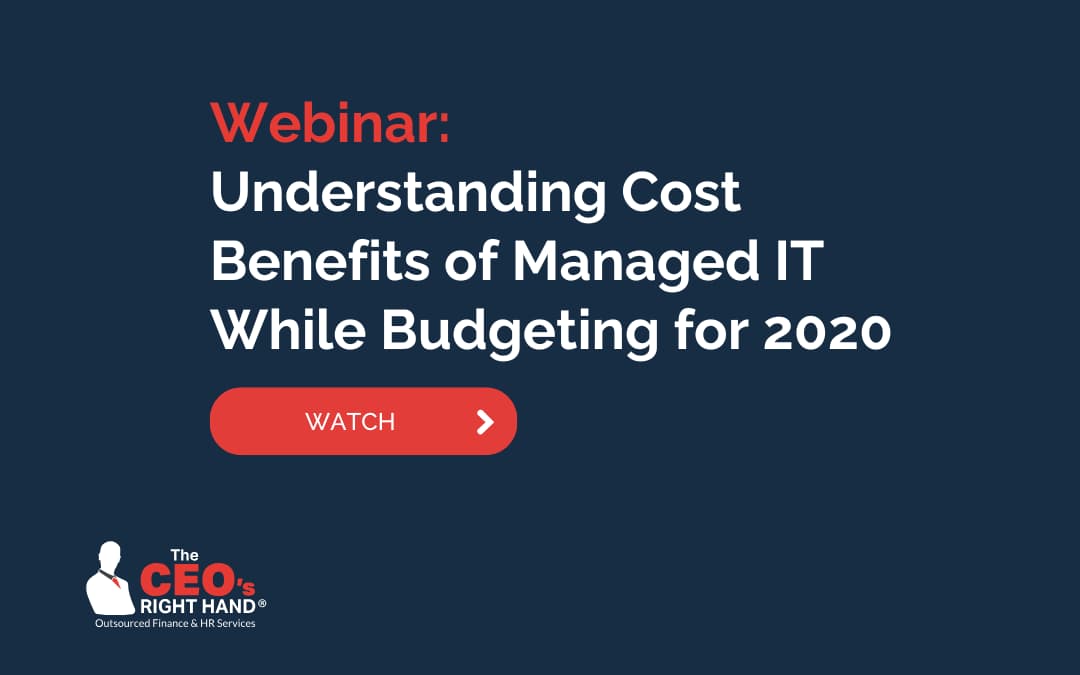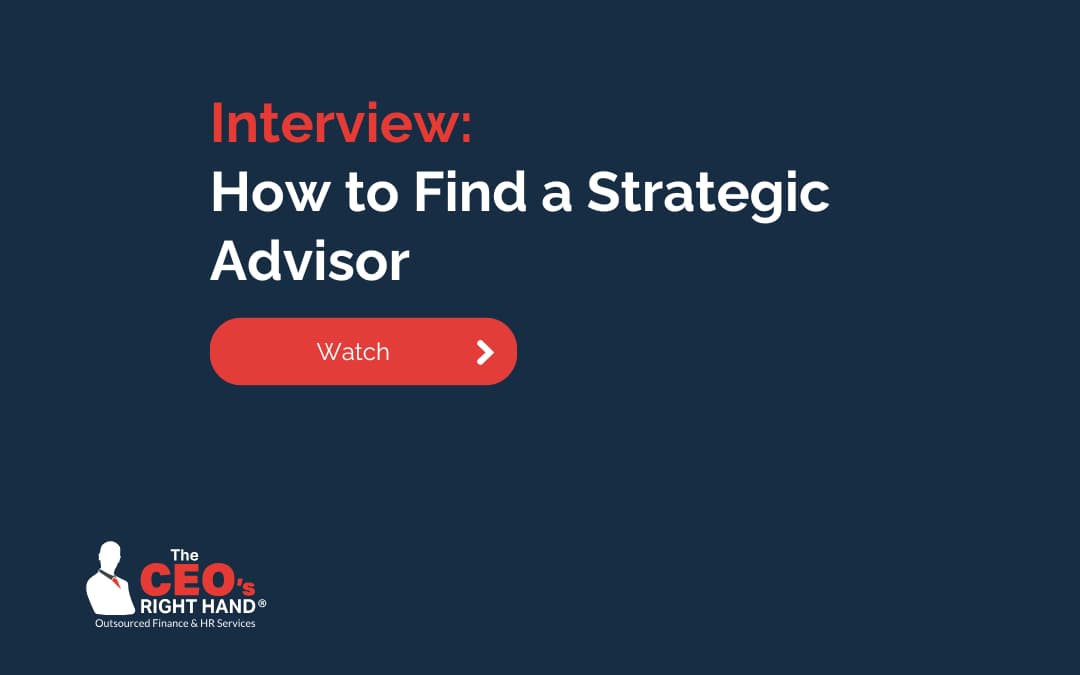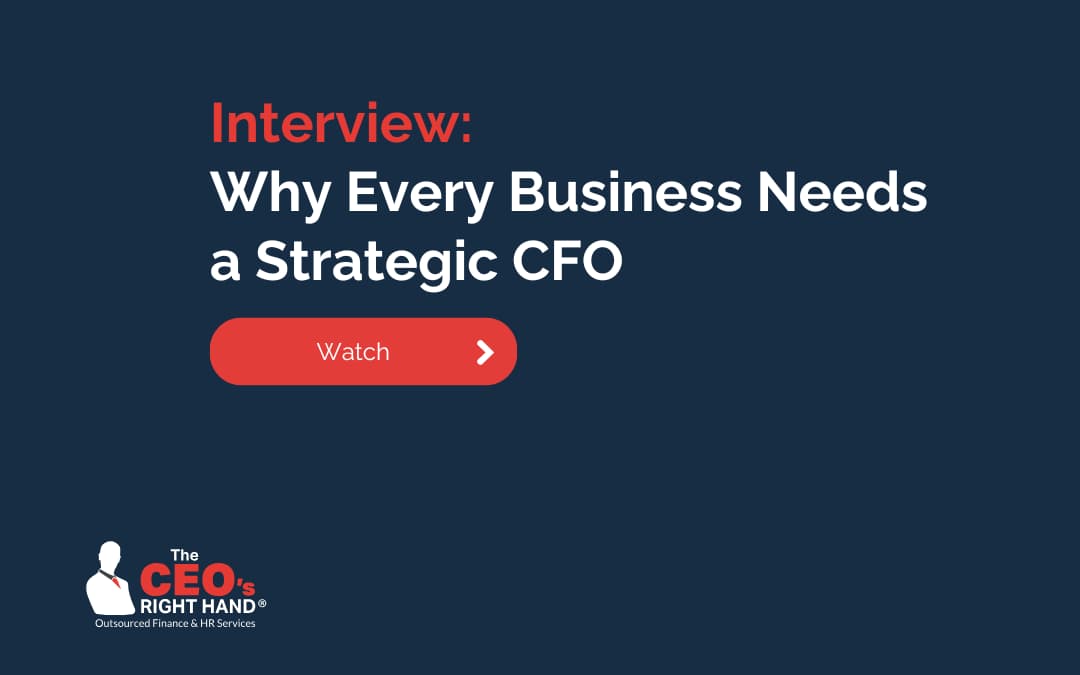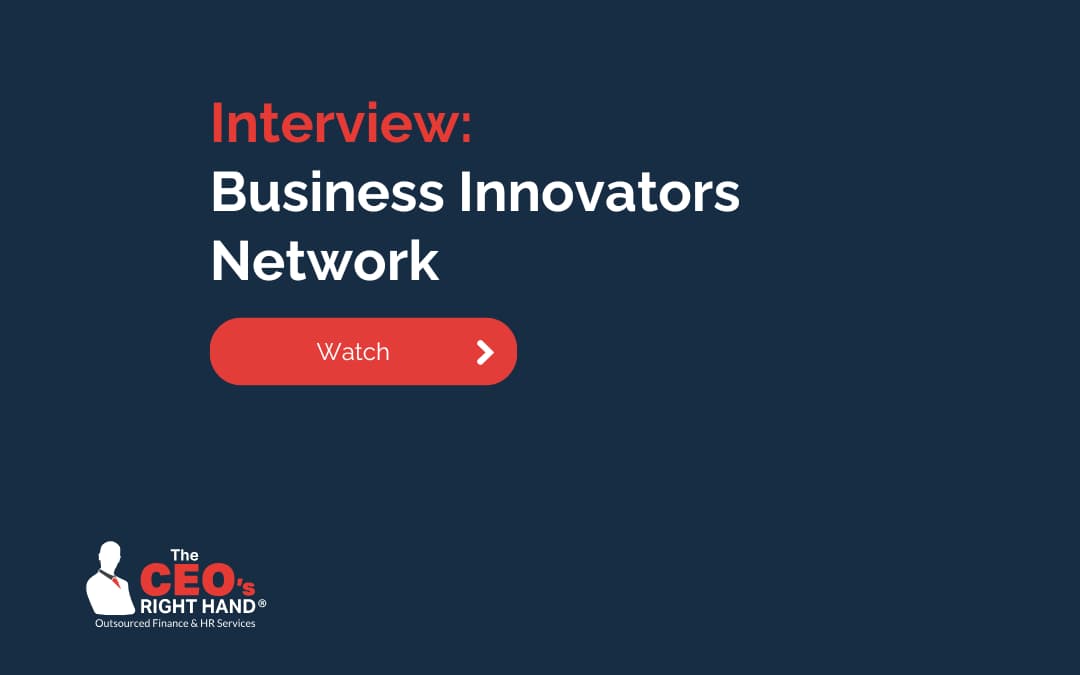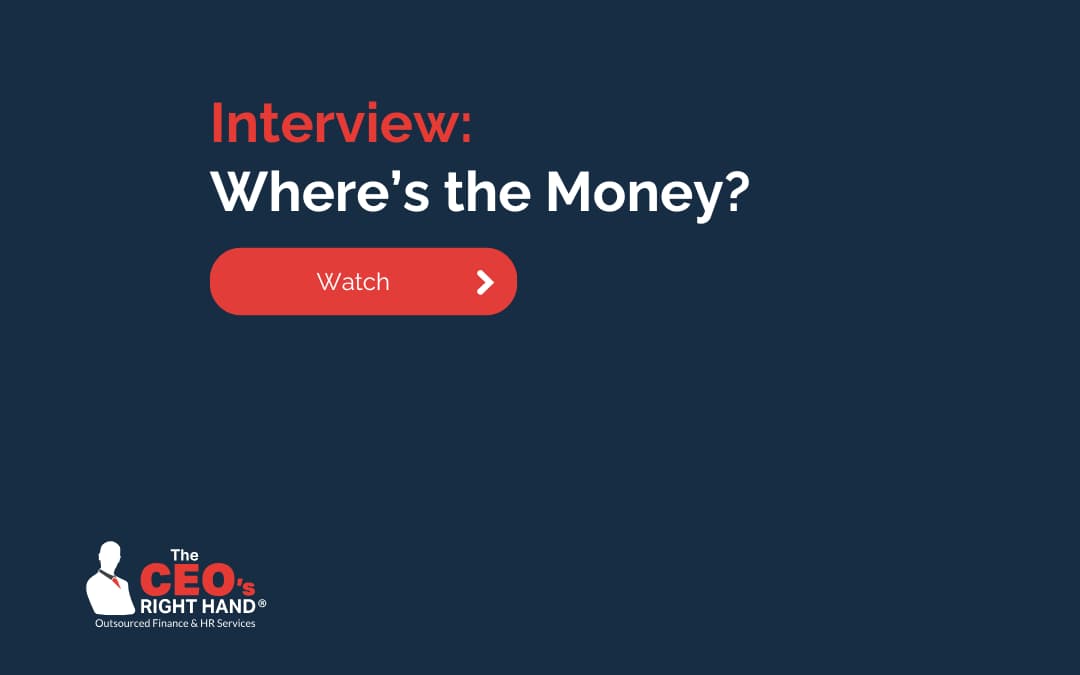Events & Appearances
See us in action with the broader community! Learn what’s coming up and enjoy past events, podcasts, and articles on demand.
On-Demand
Lead the AI Shift
November 12, 2025, 12:00 PM (ET)
Join Sarah Lieberman (TCRH) & Dianne Sadowski-Joseph (Clarinet) to learn how SMB leaders are making AI work in this debrief from the field. We’ll share frameworks, tactics, and hard-won lessons to move your organization from AI curious to AI-powered without burning budget on dead-end experiments or wasting months on tools that don’t deliver.
PASSCODE: 0Ej8c&BC
Finance 101 for Retail Business Owners Pt 2: Mastering Retail Financial Metrics
November 13, 2025, 1:00 PM (ET)
Join William Lieberman (TCRH) and Lisa Shaari (CFO) from The CEO’s Right Hand to learn how to interpret your retail financial statements like a CFO. Calculate and apply key ratios to assess health and profitability, predict and prevent cash crunches, and make smarter, data-driven decisions with percentage analysis.
Finance 101 for Retail Business Owners Pt 1: Understanding Your Financial Foundation
October 30, 2025
Join William Lieberman and Lisa Shaari from The CEO’s Right Hand to learn how to read your income statement and balance sheet, spot financial red flags before they become crises, and speak the language of finance with bankers, investors, and advisors.
The Founder’s Financial Playbook for Scaling Without Flying Blind
October 23, 2025
Many founders are brilliant at their craft but struggle to translate that into a scalable, profitable business because they lack the financial insights to guide their decisions. Join William Lieberman, founder of The CEO’s Right Hand, and Randell Mauricio, COO of Pemmerations, as they discuss this challenge and what you can do about it.
Execution and Negotiation: Closing the Deal
May 22, 2025 – 3 of 3 Part Series
Join William Lieberman (Founder at TCRH), Renee Wong (CEO & Operating Partner at Superlayer), and Kim Petry (CFO at TCRH) as they present part three of a three-part series about capital raising. In this session, we discuss how to take your pitch to the market and seal the deal.
Finance & Accounting Strategies for Tariff Management in Retail
May 12, 2025
William Lieberman, founder and managing partner of The CEO’s Right Hand, recently shared his thoughts on the balance sheet and cash flow implications of tariffs in the retail space with Management One. Read the blog post to learn what he had to say.
Building Your Investment Case: From Numbers to Narrative
April 24, 2025 – 2 of 3 Part Series
Join William Lieberman (Founder at TCRH), Renee Wong (CEO & Operating Partner at Superlayer), and Kim Petry (CFO at TCRH) as they present part two of a three-part series about capital raising. In this session, we discuss how to craft a compelling investment case that resonates with the right investors.
Laying the Foundation: Preparing Your Company for Investment
April 10, 2025 – 1 of 3 Part Series
Join William Lieberman (Founder at TCRH), Laura Chun (Strategic Advisor at 4th Effect), and Kim Petry (CFO at TCRH) as they present part one of a three-part series about capital raising. In this session, we discuss how to prepare your company to pursue an investment.
Build a Rock-Solid Financial Foundation: 5 Pillars to Scale Your Business
March 13, 2025
Discover the “Financial Infrastructure 360º” framework. William Lieberman presents real-world examples to illustrate common pitfalls. He then provides practical strategies to build a financial foundation that supports sustainable business growth.
Breaking Down Subscription Revenue Recognition for Finance
October 25, 2022
The promise of the Software-as-a-Service (SaaS) model is a more predictable, recurring revenue stream. Yet, it presents unique challenges with revenue recognition, reporting, and compliance. Watch a webinar where we discuss this issue with a panel of experts.
Curing Your HRMS/Payroll from COVID-19
June 1, 2020
Need some direction around PPP? Net at Work and the CEO’s Right Hand partnered to host a webinar for business owners on curing HRMS/Payroll from COVID-19. We discuss eligible expenditures, how to maximize forgiveness, tracking PPP funds, HR and payroll system modifications, and more.
Your Company Financials – What The Hell Do You Do Now?
May 20, 2020
The NY Tech Alliance, The CEO’s Right Hand, and EisnerAmper hosted this webinar for business owners to discuss company finances and how to navigate times of uncertainty. Get vital information, tips, and tools on topics such as business investments, forecasting, and raising capital.
Understanding Cost Benefits of Managed IT While Budgeting for 2020
December 10, 2019
Deciding whether to continue investing in on-premise assets or move to the Cloud significantly impacts the levels and accuracy of your company’s spend projections. Watch this recorded panel discussion to review a proven model to guide your assessment.
How to Know If You’re Going to Run Out of Cash
February 3, 2018
Watch (or listen) as Christa Lauri of FiOS1 Long Island, Money’s Main$treet interviews William Lieberman, founder of The CEO’s Right Hand, to discuss a key growth challenge for small business owners – determining whether you will run out of cash and what to do about it.
Analyzing Your Company’s Performance
January 12, 2018
If you can’t measure it, you can’t manage it. Join Christa Lauri of FiOS1 Long Island, Money’s Main$treet, and William Lieberman, founder of The CEO’s Right Hand, as they discuss how to analyze your company’s performance so you can make strategic decisions.
How to Go About Getting Investors
January 4, 2018
Join Christa Lauri of FiOS1 Long Island, Money’s Main$treet, and William Lieberman, founder of The CEO’s Right Hand, as they discuss how small businesses can approach the process of getting investors.
How to Find a Strategic Advisor
December 20, 2017
Strategic advisors can be an invaluable asset as you grow your business. Watch as Christa Lauri of FiOS1 Long Island, Money’s Main$treet interviews William Lieberman, founder of The CEO’s Right Hand (or read the transcript). They discuss how the relationship works and how to find the right advisor for your business.
Why Every Business Needs a Strategic CFO
November 14, 2017
Join Christa Lauri of FiOS1 Long Island, Money’s Main$treet as she interviews William Lieberman, founder of The CEO’s Right Hand, to discuss why every business needs a strategic CFO. You can also read the transcript.
How Do You Know if Your Finances Are in Good Order?
August 26, 2017
As a small business owner, how do you know your finances are in check? Watch as Christa Lauri of FiOS1 Long Island, Money’s Main$treet interviews William Lieberman, founder of The CEO’s Right Hand, as he explains what to look for. Or, if you prefer, read the transcript.
Leveraging Debt to Finance Your Business
August 1, 2017
Watch (or listen) as Christa Lauri of FiOS1 Long Island, Money’s Main$treet interviews William Lieberman, founder of The CEO’s Right Hand, to discuss how small business owners can use debt when financing their business.
Business Innovators Network
April 17, 2017
Listen as Mike Saunders, MBA and host of the Business Innovators Radio Network, interviews William Lieberman, founder of The CEO’s Right Hand. They discuss William’s company and what it’s all about.
Where’s the Money?
September 20, 2016
Finding the cash to grow your company can be a challenging and often bewildering process. Couple that with the need to acquire new business, serve clients, and manage operations, and it can all be too much. Watch as Bruce Eckfeldt interviews William Lieberman to explore how business owners can do it all.

